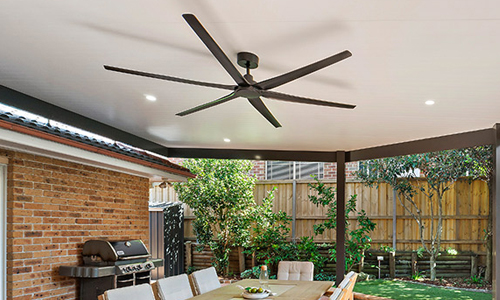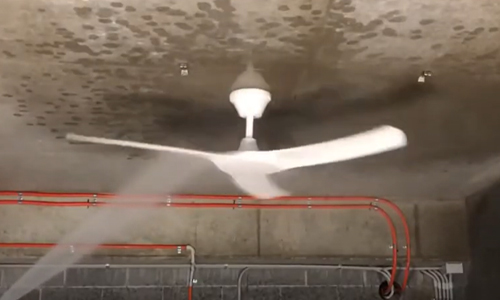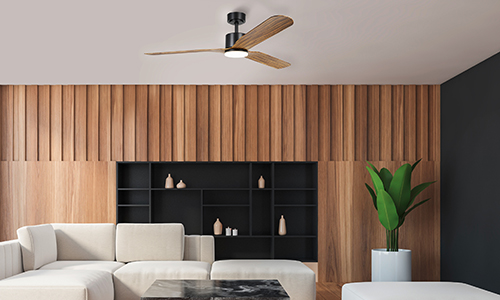Blog
-
-
August 23, 2024
How Many Blades? The Magic Number (and what are they made of?)
Ideally, you want a fan that generates the necessary air flow for the space you’re installing it in, and even better if it operates quietly and cost efficiently. Not to forget that we also want appliances for our home or office/workspace to look nice, to fit the surrounding aesthetic, and the job at hand becomes all about finding that balance between form and function. At The Fan & Light Shop, we have one of Australia’s largest range of fans, and an expert team of dedicated professionals to advise you about which fan best suits your needs, and your budget.
One of the key questions that we are often asked is about the number of fan blades and how that affects a fan’s performance. Most people are surprised to discover that given the ongoing innovations in technology and design, the difference between fans with fewer or more blades are extremely subtle. It often comes down to
-
August 14, 2024
As the cost of living is increasingly on most people’s minds, investing in energy efficiency is becoming more of a consideration. However, we still want to be cool in summer and warmer in winter, and as such, a much broader range of DC and EC ceiling fans are being introduced to the Australian ceiling fans market. As a general rule, DC ceiling fans use less energy than other ceiling fans – it is worth mentioning however that at present ceiling fans with DC motors cannot be connected directly to a DC power source like solar panels or batteries. This may change in the future, but at present manufacturers do not seem to be planning to provide this facility.
But first, let’s address the terminology:
To make it simple:
AC stands for alternating current, meaning the electrical current can
-
August 13, 2024
What is an IP rated Ceiling Fan or Light Fitting?
You’ll note that some of our ceiling fans and light fittings are listed with an IP rating. The Aqua V2 DC IP66 Ceiling Fan by Hunter Pacific or the Stockholm Exterior Wall Light by Cougar are good examples. But what does IP stand for? The answer is “Ingress Protection”.
In short, it’s a rating that is applicable to how well a product is protected against solids and liquids, as published by the International Electrotechnical Commission.
As the name of the commission suggests, it’s
-
August 09, 2024
Turn! Turn! Turn! Choosing the Right Ceiling Fan.
At The Fan & Light Shop we have a dedicated team of industry experts who can help and advise you as to which ceiling fan is best for the size and space you are installing in.
We can help you choose the right ceiling fan to keep you cool in summer, and we can also advise which are best suited to also keep you warmer in winter by redistributing warm air that gathers at the ceiling, pushing it down and circulating it through your room.
The right ceiling
-
August 05, 2024
Cleaning Your Ceiling Fan
As summer approaches, most ceiling fans have probably not had much use during the winter months. When a fan is dormant it can can accumulate a lot of dust; if you fire it up without cleaning it first, it can be a hazard and unpleasant for anyone suffering from asthma or allergies. And it can create a lot of general mess.
The best thing to do is beat the heat and clean your ceiling fans before the warmer seasons start.
Fans are made from different materials: wood, metal, plastic or stainless steel.
Cleaning methods of these materials are all different. Here are some tip and tricks.
Wooden blades: using a duster can be the easiest way of cleaning the fan, but some dust can’t always be reached or removed by using this method. We recommend using a damp cloth to wipe down the top of the blades. Also, make sure to dry the blades after doing so. Moisture can affect some wooden





